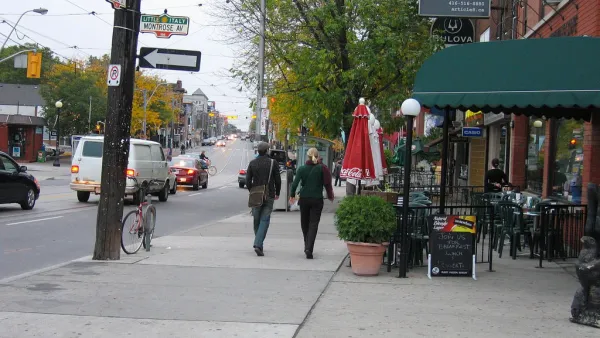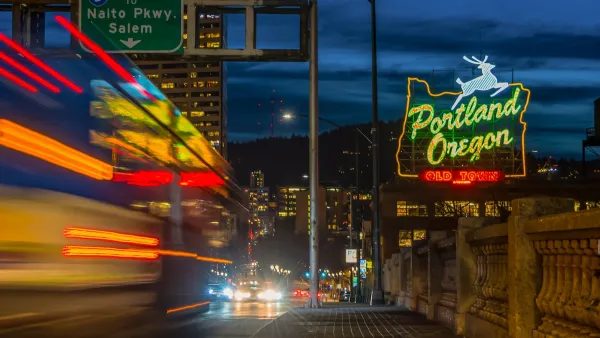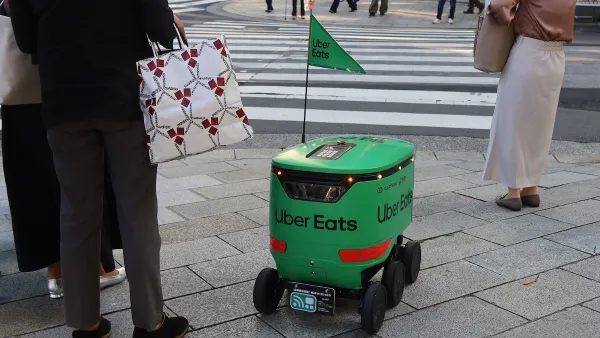When you think of sidewalks, you most likely think of concrete. Though it makes up the vast majority of sidewalks, concrete isn't the only game in town.
From bricks to cobblestones to recycled rubber, there are plenty of material options for sidewalks. But concrete is likely the cheapest.
"For most American cities, concrete is the go-to choice for building sidewalks. It's relatively cheap to install - only about $12 per square foot - and it's very solid. Its pale color reflects light, reducing nighttime illumination costs for cities compared to darker-hued alternatives. Plus, if adequately maintained, concrete can last up to eighty years.
Yet concrete also has its downsides: Manufacturing it has a high carbon footprint, since its fabrication requires the energy-intensive heating of limestone; it has a tendency to crack when tree routes grow underneath it; and it has no porosity, depriving the ground under it of essential ground water and increasing runoff problems."
FULL STORY: The Sidewalks of Today and Tomorrow: Is Concrete Our Only Option?

National Parks Layoffs Will Cause Communities to Lose Billions
Thousands of essential park workers were laid off this week, just before the busy spring break season.

Retro-silient?: America’s First “Eco-burb,” The Woodlands Turns 50
A master-planned community north of Houston offers lessons on green infrastructure and resilient design, but falls short of its founder’s lofty affordability and walkability goals.

Delivering for America Plan Will Downgrade Mail Service in at Least 49.5 Percent of Zip Codes
Republican and Democrat lawmakers criticize the plan for its disproportionate negative impact on rural communities.

Test News Post 1
This is a summary

Test News Headline 46
Test for the image on the front page.

Balancing Bombs and Butterflies: How the National Guard Protects a Rare Species
The National Guard at Fort Indiantown Gap uses GIS technology and land management strategies to balance military training with conservation efforts, ensuring the survival of the rare eastern regal fritillary butterfly.
Urban Design for Planners 1: Software Tools
This six-course series explores essential urban design concepts using open source software and equips planners with the tools they need to participate fully in the urban design process.
Planning for Universal Design
Learn the tools for implementing Universal Design in planning regulations.
EMC Planning Group, Inc.
Planetizen
Planetizen
Mpact (formerly Rail~Volution)
Great Falls Development Authority, Inc.
HUDs Office of Policy Development and Research
NYU Wagner Graduate School of Public Service





























